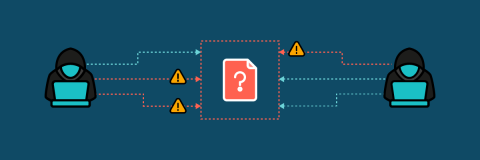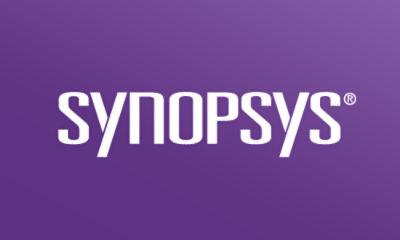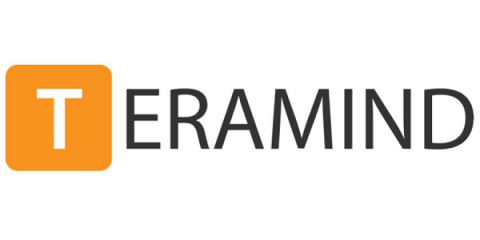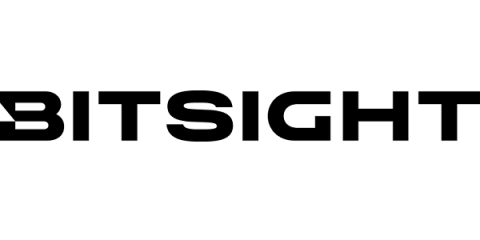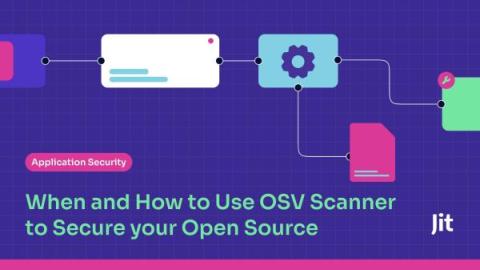Hunting 'unknown-unknowns' in your attack surface
Ever lost sleep over possible hidden attack routes lurking in your organization’s attack surface? You’re not alone. The concept of ‘unknown-unknowns’ is a recurring nightmare for many IT professionals – but there are ways to mitigate the risks. We’ll explore the problem of unknown-unknowns and provide some practical strategies to help your organization uncover these hidden threats.


